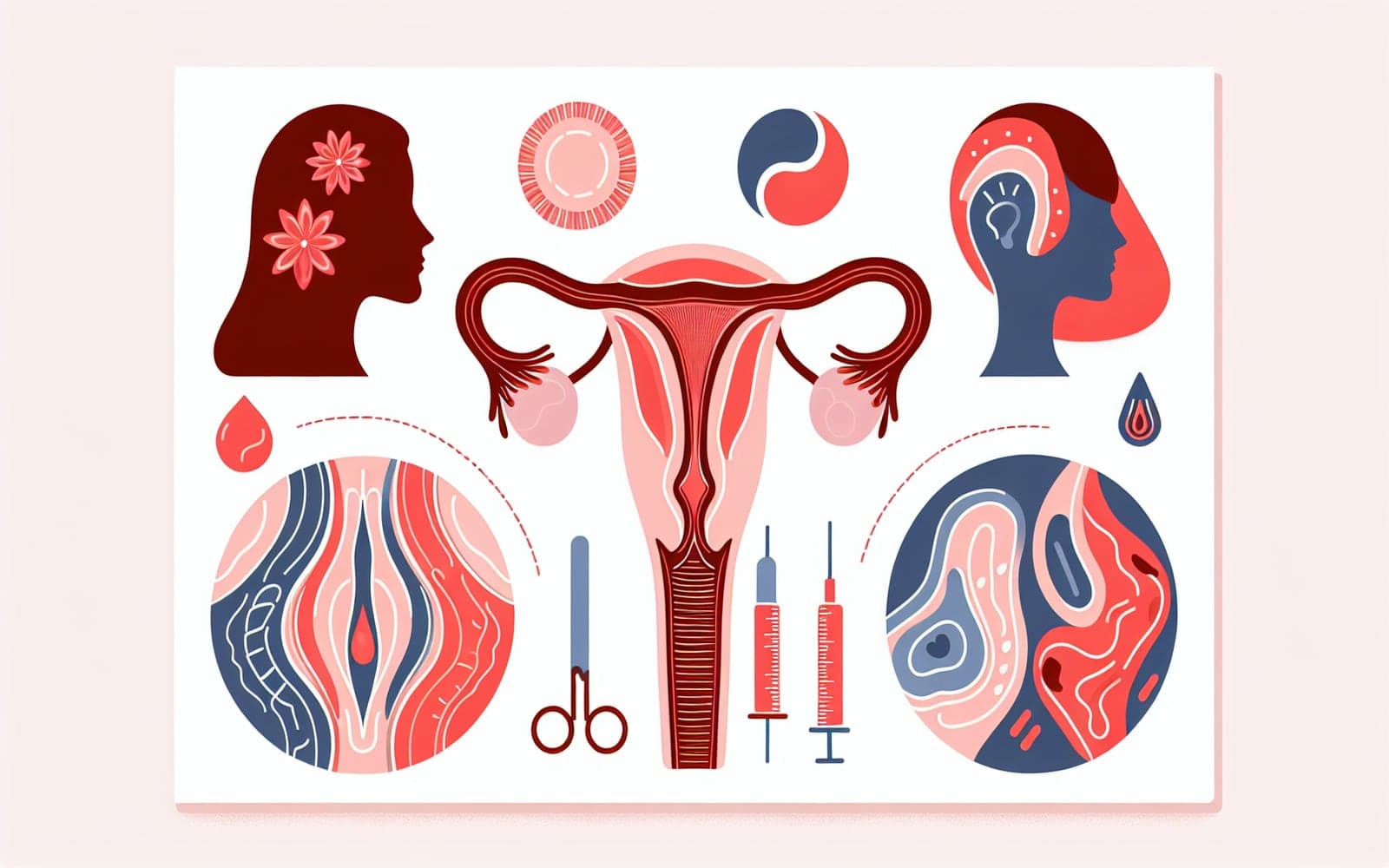Is Your Vaginal Discharge Normal or Not?
Is Your Vaginal Discharge Normal or Not?
Why It Matters
Understanding what's normal when it comes to vaginal discharge can help you spot potential health issues early. Let's dive into the signs that differentiate normal from abnormal discharge and what they mean for your health.
Contents
- The Nature of Normal Discharge
- Warning Signs of Abnormal Discharge
- Causes Beyond Infection
The Nature of Normal Discharge
Normal vaginal discharge is a regular occurrence for many people, especially those of reproductive age. This discharge is typically white or clear, thick or thin, and mostly odorless. It plays a crucial role in maintaining the health of the vaginal environment by keeping it acidic, which prevents the growth of harmful bacteria. Factors like hormonal changes during pregnancy or menstrual cycles may increase the volume of discharge, but as long as it's odorless and doesn't cause discomfort, it's usually nothing to worry about.
Warning Signs of Abnormal Discharge
Abnormal vaginal discharge often signals an underlying condition such as an infection. Key symptoms to watch for include a change in color, consistency, or smell, as well as irritation, itching, and discomfort. Infections like bacterial vaginosis, yeast infections, and trichomoniasis are common culprits, each presenting with distinct symptoms. For instance, a fishy odor and thin, gray discharge are typical of bacterial vaginosis, whereas thick, white discharge often points to a yeast infection.

Causes Beyond Infection
Not all abnormal discharges are due to infections. Factors like hormonal imbalances, foreign bodies such as tampons, and even certain hygiene products can disrupt the normal vaginal environment. Low estrogen levels, especially in postmenopausal individuals, can lead to atrophic vaginitis, characterized by dryness and irritation. Understanding these non-infectious causes is essential for proper diagnosis and treatment.
FAQs
What does normal discharge look like?
Normal discharge is white or clear, thick or thin, and mostly odorless.
Can discharge change during pregnancy?
Yes, hormonal changes can increase the volume of discharge during pregnancy.
When should I worry about discharge?
If the discharge changes in color, smell, or causes discomfort, consult a healthcare provider.
Is all abnormal discharge due to infections?
No, factors like hormonal changes and hygiene products can also cause abnormal discharge.
Key Takeaways
Understanding what's normal for your body can help you spot when something's off—are you noticing any changes?
Additional References
- Vieira-Baptista P, Stockdale CK, Sobel J (Eds), Admedic, Lisbon 2023.
- Karasz A, Anderson M. Soc Sci Med 2003; 56:1013.
- Lin YP, Chen WC, Cheng CM, Shen CJ. Diagnostics (Basel) 2021; 11.
This article has been reviewed for accuracy by one of the licensed medical doctors working for Doctronic.











